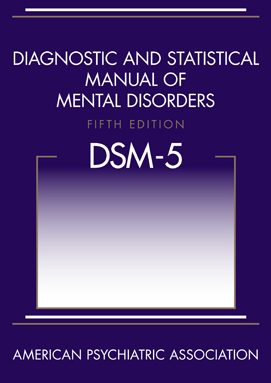Debating the DSM-5
 The fifth edition of the Diagnostic and Statistical Manual of Mental Disorders, more commonly referred to as the DSM-5, was recently published and is now available. The last revision to the manual was published in 2000 (DSM-IV-TR), so this edition has been anticipated by professional and academic communities for over a decade.
The fifth edition of the Diagnostic and Statistical Manual of Mental Disorders, more commonly referred to as the DSM-5, was recently published and is now available. The last revision to the manual was published in 2000 (DSM-IV-TR), so this edition has been anticipated by professional and academic communities for over a decade.
Published by the American Psychiatric Association, the DSM is the mental health industry’s definitive diagnostic tool — think PTSD, phobia, addictive behavior, dementia, amnesia, sociopathy, ADHD, manic/depression, etc. Naturally, medical professionals use it extensively, but it is also regularly consulted by practitioners and scholars in psychology, law, education, public health, business, and social work, among others.
This new edition has sparked spirited debates within professional communities and in the popular press. At the forefront is whether or not the National Institute of Mental Health, the largest funding agency for mental health research, “rejected” or “withdrew support” or “delivered a kill shot” to the DSM-5. A careful analysis is presented here, and the NIMH director’s original announcement is here. You decide.
We will continue to acquire supporting materials for the DSM-5 as they become available. Look for these at GSU Library in the coming months.
Learn more about the DSM-5 with these resources currently available:
Note: Past editions of the DSM have used roman numerals in the acronym titles (DSM III, DSM IV, e.g.) Beginning with this edition, roman numerals will no longer be used.